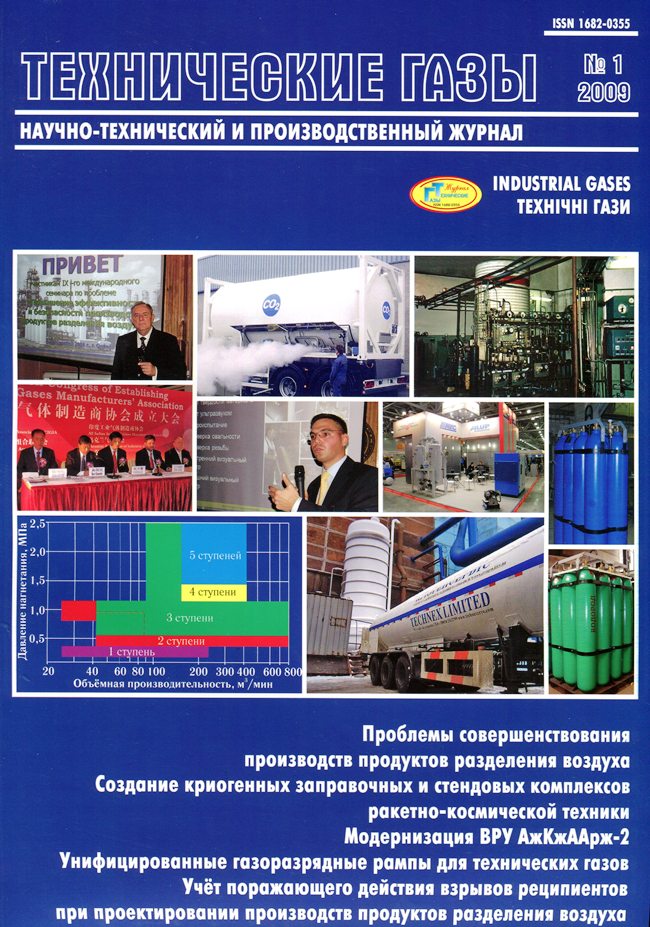CREATION AND DEVELOPMENT OF CRYOGENIC FILLING AND TEST-BENCH COMPLEXES OF ROCKET-SPACE EQUIPMENT
DOI:
https://doi.org/10.18198/j.ind.gases.2009.0413Keywords:
Hydrogen, Oxygen, Nitrogen, Space, Rocket-space equipment, Test-bench and launching complexes, Cryogenic fuel components, Cryogenic tank, Baths-coolers, Gas ejectors, Ripple, SafetyAbstract
Principles of construction and design of the large-scale ground-based systems of accumulation, storage, cooling and filling of space-rocket equipment (SRE) by liquid hydrogen and oxygen which created by JSC «Cryogenmash» since the 70th years of XX century are considered. The special attention is given to the methods of liquefaction and thermostatic control of liquid hydrogen and oxygen and their realization depending on customer's requirements. The efficiency and safety of created systems with preservation of fuel quality is provided by hydrogen and oxygen cooling on the fluid flow during filling the SRE tanks. Thermostatic control of fuel is carried out depending on the equipment features in the open, semi-closed and closed circulation circuits with use of jet and mechanical pumps. The class of thermostatic control systems, constructed on a refrigeration cycle with turboexpander, is developed for maintenance of the temperature-moisture state of medium in the instrument compartments and cooling and thermostatic control of the high-boiling fuels in storage. The systems of accumulation, storage and large-scale gasification of liquid nitrogen are developed for maintenance of the complex operating procedures. The paths of the further development of cryogenic equipment and systems of test-bench and launch complexes are outlined.
Downloads
Issue
Section
License
LICENSE AGREEMENT
After receiving an article for publication as required revision scientometric databases each author directs the license agreement on the assignment and transfer of the management of copyright. Signatures of the author (s) it is desirable to seal the personnel department of the institution where the author works (authors), or the seal of the Faculty.
Revision refers to the authors one layout for proofreading. Permissible only those fixes that result in compliance with the layout of the original text of the article. Significant changes are not permitted. Layout should be sent to the editorial office within days of receipt.

